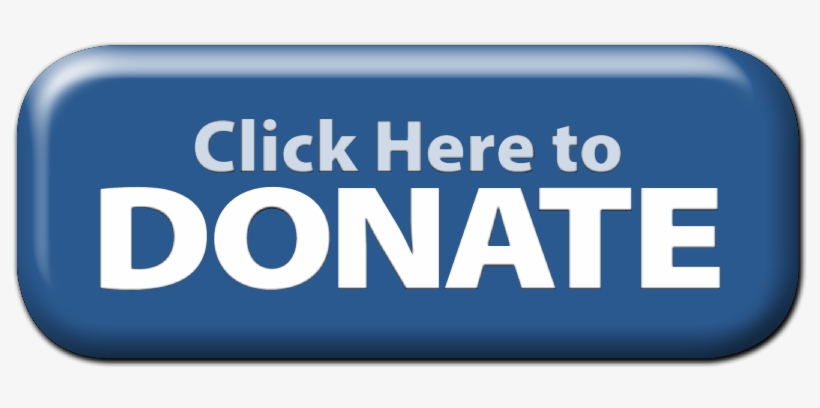Paynow, a local online payment platform provider, recently announced what they call a donations widget. It is meant to facilitate online fundraising efforts through the provision of a way for sympathisers to donate using any of the several payment channels which Paynow accepts. This is a button which you can put on the website or social media page of your cause or project. Clicking on this button will direct your visitors to the Paynow website where they can then complete their donation through any of Mastercard, Visa, Ecocash, Zimswitch, Ecocash, Telecash and One Money.
The worldwide crisis we are currently in has spawned a number of fundraising efforts as most governments’ resources are being strained to their limits. The beneficiaries of these crowdfunding efforts range from the people infected by the disease to businesses which have been affected. Paynow probably saw an opportunity to put its technology to good use through the facilitation of local versions of such efforts. Honestly speaking, Zimbabweans have not warmed to e-commerce as quickly as some of us predicted they would, so, for now, this is probably one of the best purposes which this online payments platform can serve.
One of the most appealing features of Paynow’s offer is the ability to receive both local and international donations—with the latter being received as foreign currency directly into the fundraiser’s FCA Nostro account.
What kind of projects and causes are allowed?
While the recent offer from Paynow puts some emphasis on its use to aid humanitarian or similar efforts, it however appears that it can be used to fund any kind of project (within reason I suppose). This possibly means that the service can also be used to raise capital for business or other projects which are able to capture the fancy of the public. The emphasis on humanitarian aid is understandable given the aforementioned current circumstances.
A different approach to crowdfunding
Of particular note however is the approach to crowdfunding which the company is seemingly advocating i.e. the campaign is conducted on your own website or social media account instead of a crowdfunding platform. This is just as well considering that most local versions of these have failed. The company also stresses the fundraiser’s ability to market as a critical factor to the success of the effort, something which most of our local attempts at crowdfunding platforms failed to appreciate themselves. However despite the availability on the platform of international payment channels such as Visa and Mastercard, the self-hosted widgets are unlikely to be as effective as international crowdfunding platforms like GoFundMe in winning over funders from outside the country.
The first option
Strictly speaking the button is not new; to the best of my knowledge Paynow has always offered a button through which people can donate or pay you amounts of their choice. However unlike before, it appears verifying your identity is no longer an option. The basic version of their button can be uploaded to your website or social media account as described earlier. After this, the fundraiser is left to his/her own devices in marketing the cause or project.
The second one
The alternative includes the same button as above but comes with additional offers which make it far more intriguing.
Free marketing
In addition to the button, Paynow claims that they will also list your cause on their high traffic Top-up page (this is another platform offered by the company through which people buy tokens for a number of prepaid services such as internet, electricity and airtime). They also go on to offer their bulk SMS and email service for your marketing efforts. To cap it all off, the company will also advertise your campaign through paid Google and Facebook ads. Remember that all this comes at zero upfront cost.
The one obvious caveat
It is quite obvious from this incredible offer that Paynow will be extremely picky about whose campaign they would contribute so many resources into. Since they plan to recover all the resources poured into marketing such campaigns from the subsequent donations, the bar of entry will be much higher than that for the first option. Only campaigns which the company feels are most likely to appeal to the public will be accepted. Unlike in the first option where you do your own marketing, here to safeguard its own resources Paynow will subject applicants to intense scrutiny.
How to get on board
In order to sign up to receive donations you would need the following (according to an email sent by Paynow):
- Director resolution to open a Paynow verified Merchant Account
- Director resolution to open a Paynow Top-up account
- Bank account details where funds will be settled into, both NOSTRO & normal
- Copy of the latest bank statement for verification process
- Copies of the directors’ IDs
- A high-resolution logo of your organisation
After all, these are ready sign-up at https://www.paynow.co.zw/Customer/Register
Once registered, you are supposed to email one Miss Zhewe on ruvimbo@paynow.co.zw with the email heading “Donate Button Merchant” and the name of your organisation that you used to register onto Paynow. In the email, you are also supposed to include the details of your lead contact person.








